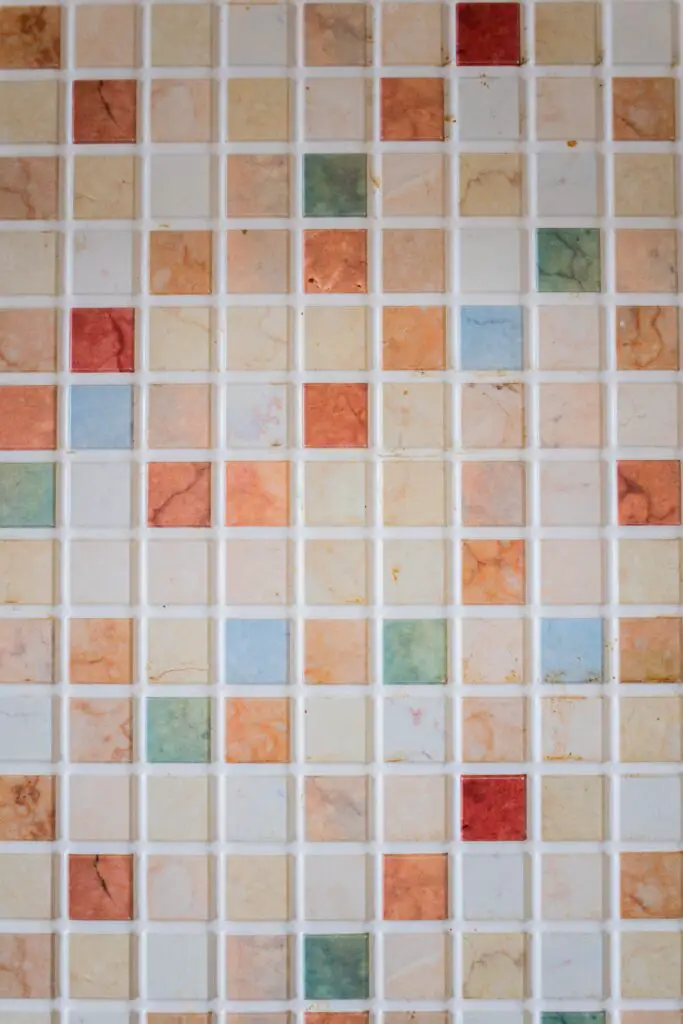
Encaustic Tile is Making a Guaranteed Comeback
Patterned tile is popular right now, as anyone who follows us on Instagram can tell. Consider the graphic bathroom floor in the black-and-white bathroom of our dreams, the breathtaking backsplash featured in our kitchen of the month, and the Moroccan-inspired tiled fireplace that is so gorgeous we’re actually praying for a late spring.
There is no doubting that bright, patterned tile is popular, whether you like ornate themes or simple designs. Encaustic tile, nevertheless, not just any kind of patterned tile. The old-school style is currently popular and was created utilizing a procedure that dates back to the Middle Ages and numerous hues of clay.
What Is Encaustic Tile?
Encaustic tiles are composed of at least two (and as many as six) colors of clay that make up both the design and the tile’s body. These detailed designs appear to be inlaid. Encaustic designs are therefore integral to the composition of the ceramics and won’t fade over time, in contrast to glazed patterns, which are visible just on the surface. Because to technological advancements that have made it easier to create the tiles, encaustic tile is currently more in vogue in the United States than it has been in Europe.

How Is It Made?
We turned to none other than Chris Clamp, co-founder of Cement Tile Shop, a go-to supplier for well-known interior designers like Emily Henderson and Shea McGee, to learn how encaustic tile is manufactured. Encaustic tile is typically built of clay, however the majority of contemporary varieties are made of cement and are frequently referred to as simply cement tile.
Clamp states that cement tiles are handmade, totally formed of concrete (not painted), placed in a metal mold, and then hydraulically pressed. The tile is created upside-down in a metal mold, and to create the design, colors composed of portland cement, marble powder, and natural colorants are poured into the various portions of the mold.
Clamp continues to walk us through the process, saying that after the pattern is set, the mold is taken out and more concrete is put to the bottom to give the tile solidity. The compact tile is then drenched in water and placed on drying racks to cure, he continues. “The tile is then crushed at high pressure in a hydraulic press.” Several regions of the world refer to them as hydraulic tiles.
Why Is It Trending?
Clamp claims that the rise of social media is contributing to the popularity of cement tile. The founder of Cement Tile Store claims that the product, which was previously difficult to find, has gained fresh visibility. If your Instagram feed is anything like ours, it’s full with stunning flooring and backsplashes that attest to Clamp’s assertion. It’s simple to understand why encaustic tile is rapidly turning into a standard in interior design with the countless eye-catching color and pattern possibilities available.
Should You Consider It?
There are many considerations, from aesthetics to durability and cost, as with any significant design choice. (Our fast guide on buying floor tiles can be found here.) Clamp highlights the adaptability, limitless designs, and shapes of cement tile as benefits of the product. Additionally eco-friendly, he adds, are cement tiles. “Unlike ceramic tiles, there is no production waste and they are not burned in an oven.”
Of course, there are drawbacks to the material as well, as interior designer Joyce Downing Pickens of JDP Interiors in Los Angeles notes. For a few reasons, I personally like ceramic tiles, says Pickens. “After being burned at kiln temperature, ceramic tile typically has a coating of thick glaze on top that produces a lot more impenetrable barrier and protection from spills, water, bath products, you name it,” she continues. Cement tile is much more porous since it is cured at room temperature and has a much thinner top layer.
To see other material construction, please see here.
To know other construction guides, tips, and methodology for beginners, veterans, and contractors, please see here.
